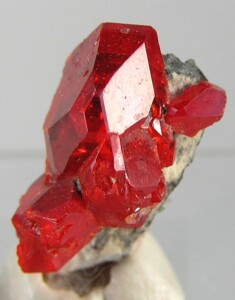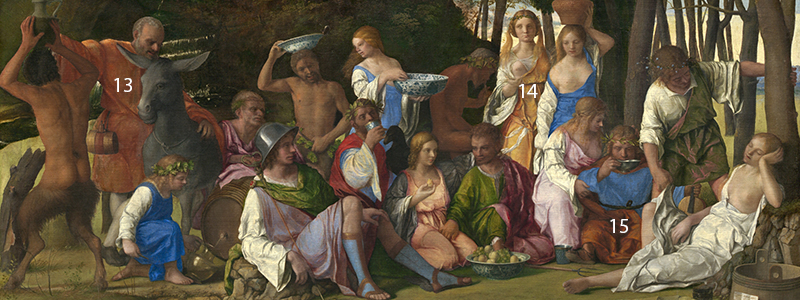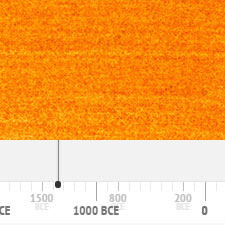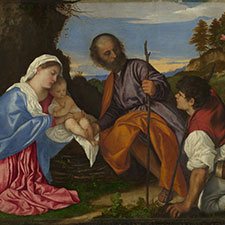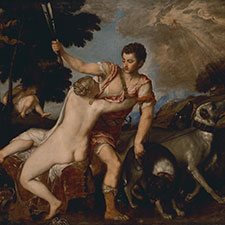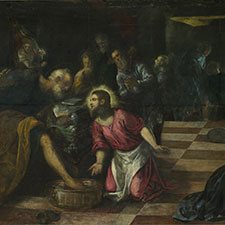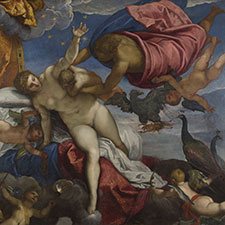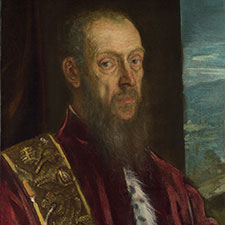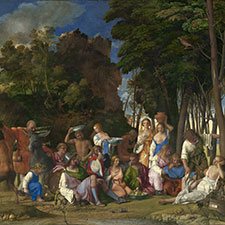Realgar
Natural inorganic pigmentComposition and Properties of Realgar
Realgar is orange arsenic sulfide with the formula AsS, As2S2 or As4S4. It occurs naturally as a mineral and can also be prepared artificially. It darkens on heating by regains its original color on cooling and it less lightfast than orpiment and exposed to light it can be transformed into orpiment.

Pigment
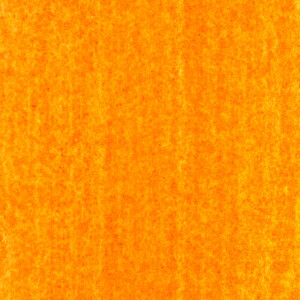
Painted swatch
Names
Alternative names
Orange orpiment
Color Index
PY 39
Word origin
From late Middle English, from Arabic rahj-al-gãr, dust of the cave.
Realgar
German
Réalgar
French
Realgar
Italian
Rejalgar
Spanish
Preparation
The mineral has to be broken, ground and purified.
Preparation of artificial realgar
The pigment can be prepared by heating and subsequent sublimation of mixture sulfur and arsenic oxide in the correct proportion so as to avoid the production of orpiment.
History of Use
The pigment has been found in Roman artefacts and was used rarely in oil painting in later periods.
Examples of use
Titian, ‘The Holy Family with a Shepherd’, ca 1510
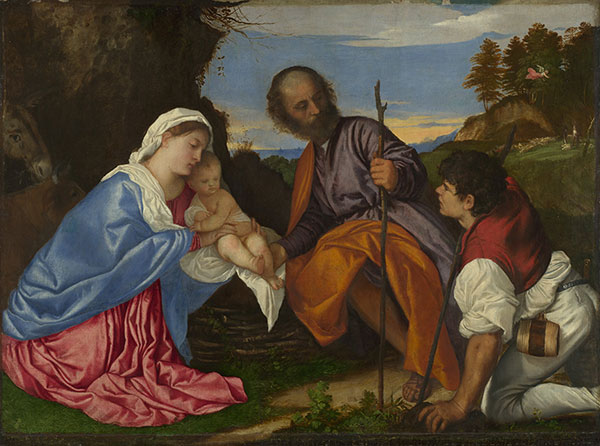
6 Joseph’s orange cloak: khaki brown underpaint layer contains black, lead white and yellow ochre. The next layer consists of orange ochre and is then overpainted by realgar and probably also orpiment.
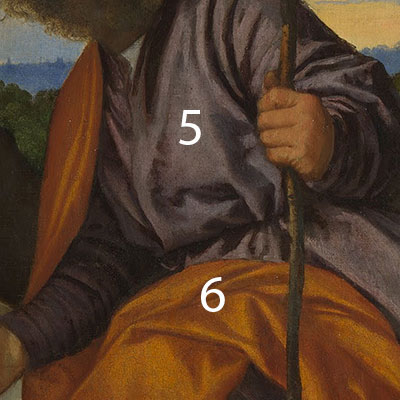
Bellini, Feast of the Gods, 1514-29
Titian, Bacchus and Ariadne, 1520-23
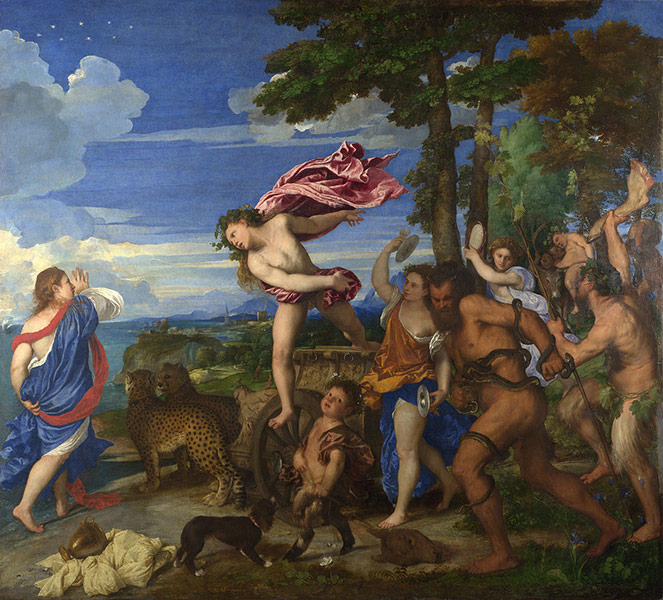
9 and 10 The orange drapery of the Bacchante with the cymbals contains realgar as the main pigment with the highlights painted in orpiment.

References
(1) Daniels, Vincent, and Bridget Leach. “The Occurrence and Alteration of Realgar on Ancient Egyptian Papyri.” Studies in Conservation 49, no. 2 (2004): 73-84.
(2) van Loon, A., Noble, P., Krekeler, A. et al. Artificial orpiment, a new pigment in Rembrandt’s palette. Herit Sci 5, 26 (2017). https://doi.org/10.1186/s40494-017-0138-1
(3) (1995) An occurrence of pararealgar as an original or altered artists’ pigment, Studies in Conservation, 40:2, 133-138, DOI: 10.1179/sic.1995.40.2.133
Identification
Fiber optics reflectance spectra (FORS)

Spectra by A. Cosentino, Cultural Heritage Science Open Source (CHSOS)
Raman Spectrum
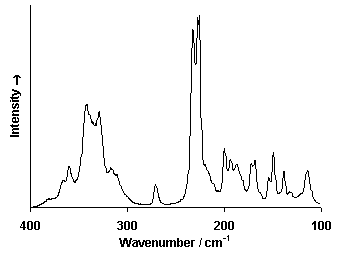 Spectrum by Ian M. Bell, Robin J.H. Clark and Peter J. Gibbs, Raman Spectroscopic Library
Spectrum by Ian M. Bell, Robin J.H. Clark and Peter J. Gibbs, Raman Spectroscopic Library
University College of London
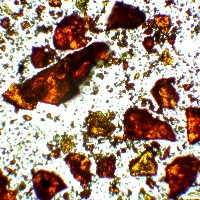
Microphotograph
image © Volker Emrath
Further Reading
References
(1) Fitzhugh, E.W., Orpiment and Realgar, in Artists’ Pigments, A Handbook of Their History and Characteristics, Vol 3: E.W. Fitzhugh (Ed.) Oxford University Press 1997, p. 47 – 80. Available as pdf from the National Gallery of Art.
(2) Wallert, A. Orpiment und Realgar, Maltechnik-Restauro, 90, 1984, s. 45.
(3) S. Muntwyler, J. Lipscher, HP. Schneider, Das Farbenbuch, 2nd. Ed., 2023, alataverlag Elsau, pp. 42-43.

